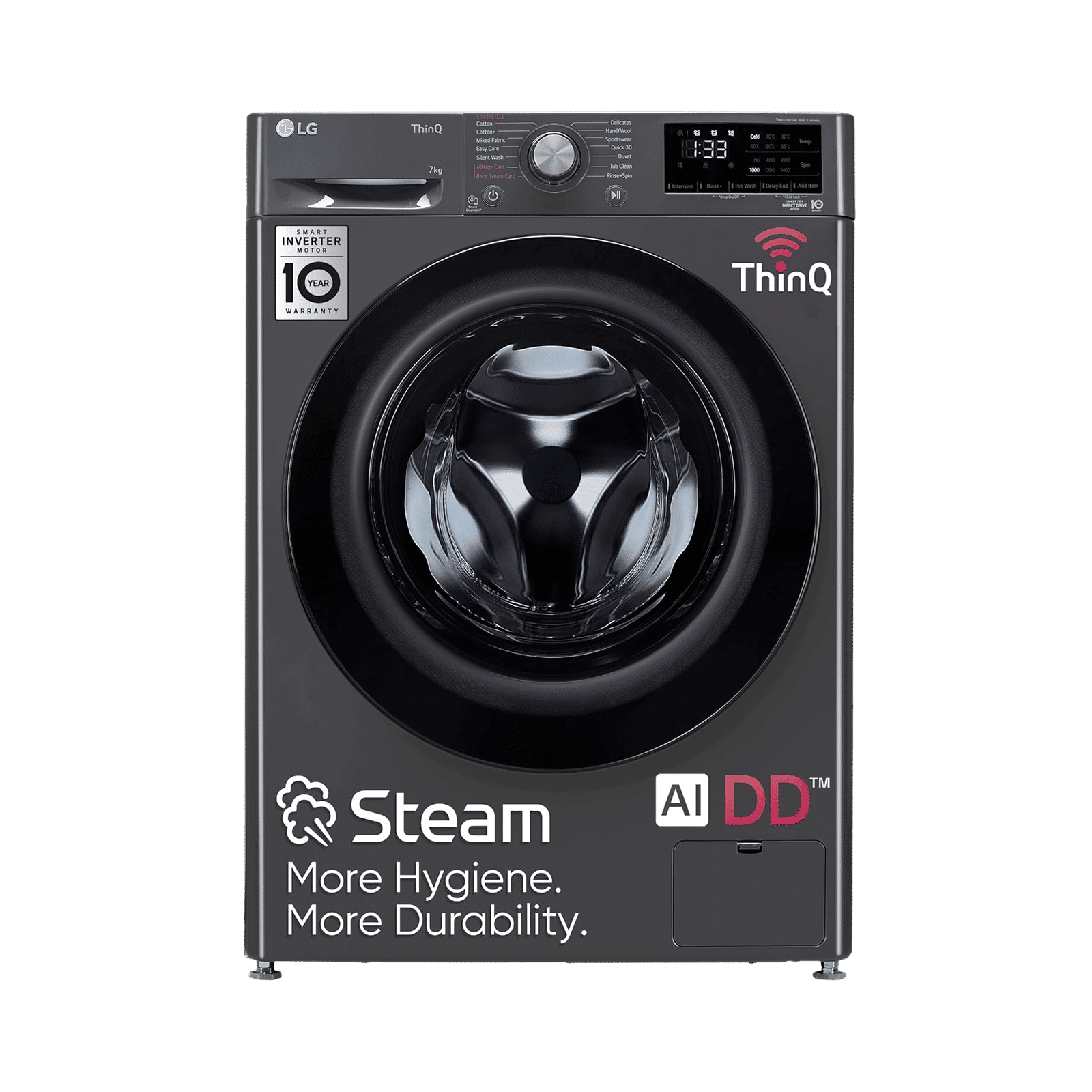Despite the updated technology and features of your washing machine, it might still require some human intervention. Washing machines need water to function, but the same water needs to drain out for them to perform efficiently. It can lead to issues if the water isn’t getting drained.
If you have a fully-automatic washing machine, you hardly have to worry about the draining process. These machines are designed, built, and set up in a way where they take care of the entire process based on a few commands. They have a dedicated mechanism installed that drains the water out of the washer tub after the spin cycle is complete. However, you need to ensure that the draining hose, connected from the machine to the drainage hole, is clear and secured well.
ALSO READ: 5 things you need to know about your new washing machine
When it comes to semi-automatic washing machines, they require a little more human involvement than fully-automatic washing machines. To drain water out, you need to follow a few simple steps:
LG 7 Kg 5 Star Inverter Fully Automatic Front Load Washing Machine (FHV1207Z4M, Built-In Heater, Middle Black)
Buy now

1. After the washing cycle is complete and washing is done, power down the machine and cut off the water supply.
2. Take out the washed clothes, in the case of a top-loading machine, and turn the knob from “wash” to “drain”. Ensure your draining hose is directed towards a ground drainage hole, a sink, or a bucket if you have nothing else.
3. In the case of a side-loading machine, you simply trunk the dial from “wash” to “drain” before taking the washed clothes out.
4. If your machine is working normally, all the dirty leftover water will get drained through the hose.
What if it doesn’t drain after all this?
1. Often, this is caused due a clog in the hose. Check if your draining hose is straight and doesn’t have any unusual fold that might obstruct the flow of the water.
2. Wiggle the hose a little in case it has something stuck in it.
3. Check the draining pump. Washing machines have a dedicated drainage pump to push out the water. Many times, small lint or dirt build-up from washing may be clogging the pump.
ALSO READ: How do I know it’s time to buy a new washing machine?
Even after all this, if your machine doesn’t drain the water out, you should get professional help. Fiddling with the features may cause more harm than resolving the issue. For the time being, you can drain manually by siphoning the water into a bucket if you have a top-loading machine.
Such occurrences are rare and often come with older washing machines. That said, newer machines may also see drainage issues arise from manufacturing defects. This can mean costly repairs for even machines you bought just a couple of years ago. This can, however, be mitigated by buying an extended warranty plan like the Croma ZipCare Protect Advanced plan during purchase. This ensures users have peace of mind even after the first year of use, which is when appliances will sometimes see issues arise.
हिंदी में पढ़ें: ऑटोमैटिक वॉशिंग मशीन से पानी कैसे निकाले?
Unleash your inner geek with Croma Unboxed
Subscribe now to stay ahead with the latest articles and updates
You are almost there
Enter your details to subscribe

Happiness unboxed!
Thank you for subscribing to our blog.
Disclaimer: This post as well as the layout and design on this website are protected under Indian intellectual property laws, including the Copyright Act, 1957 and the Trade Marks Act, 1999 and is the property of Infiniti Retail Limited (Croma). Using, copying (in full or in part), adapting or altering this post or any other material from Croma’s website is expressly prohibited without prior written permission from Croma. For permission to use the content on the Croma’s website, please connect on contactunboxed@croma.com
- Related articles
- Popular articles














Ravi M
I’m using marq washing (MQFLX175 machine since 2001 NOW having some drain issue. When switch on the machine fill washing liquid and mode select then I press start button machine doesn’t run. Water drained thru outlet continuously doesn’t stop. What to do pl help me…